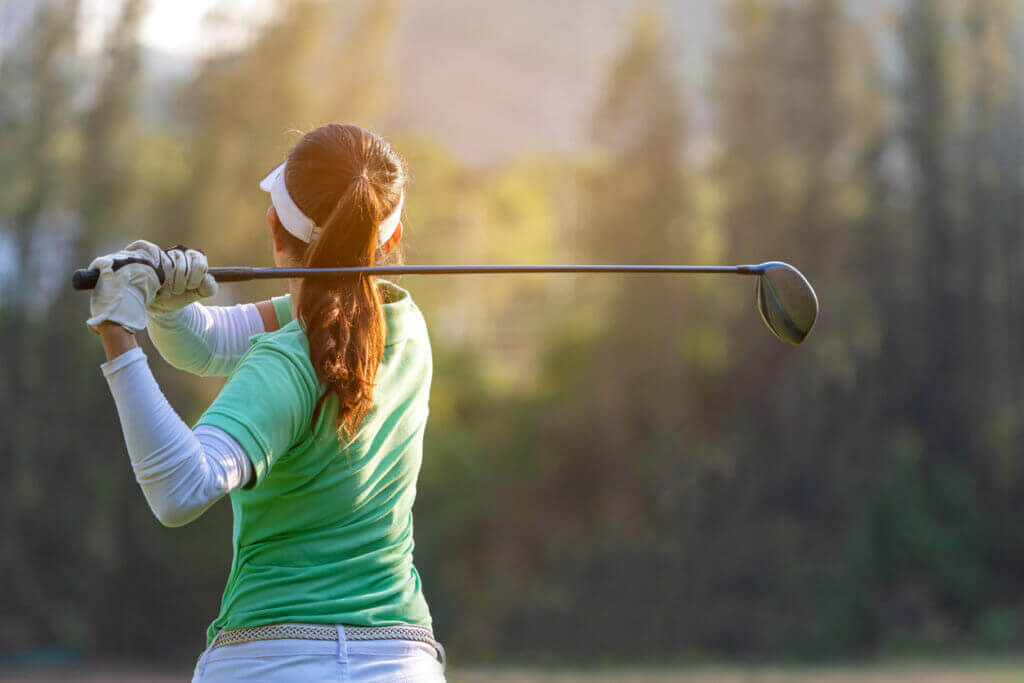Because male sports, especially those involving bodily contact, are given more attention by the media, many people would answer this question incorrectly. Having seen more male than female players suddenly collapse on the field or court only to be carried off to receive medical assistance, they assume that males sustain more frequent sports injuries than females. In reality, the opposite is true.
Whereas women live longer and have fewer genetically linked disorders than men, their anatomical structure makes them more susceptible to many sports injuries. At Long Island Spine Rehabilitation Medicine, where our doctors treat not only sports injuries but spinal and musculoskeletal injuries resulting from car accidents, trips and falls, work accidents, and other mishaps, we are well-prepared to treat you whatever your gender, sexual orientation, or gender identification.
Why Females Are More Susceptible to Sports Injuries
There are both structural and physiological reasons that women suffer sports injuries more frequently than their male counterparts, including:
Anatomical Structure
Differences in hip and pelvic structures predispose women to more lower-body injuries, particularly around the knee and at the ACL (anterior cruciate ligament). In addition, because females naturally have less upper-body strength, they are more likely to suffer rotator cuff injuries and shoulder pain in sports like volleyball, swimming, or softball.
Bone Size and Density
Because women’s bones are smaller and less dense than men’s, women suffer more stress fractures and broken bones than men during similarly vigorous activities.
Muscle Mass
Females have significantly less muscle mass than their male counterparts, meaning that their tendons and ligaments are less protected from sports-related injuries. Women also have less hamstring strength, giving them a greater tendency to knee injuries.
Looser Ligaments
Though an asset during pregnancy and childbirth, women’s loose ligaments are more prone to overextension during sports activity. Greater flexibility means greater laxity. This laxity, combined with less powerful muscles, puts females at greater risk of injury.
Higher Estrogen Levels
The higher levels of estrogen are extremely beneficial to women in the overall scheme of reproduction, and general health, but can decrease power and performance during sports by weakening tendons and ligaments. Interestingly, during their menstrual cycles, when estrogen levels are elevated, women are more likely to suffer ACL tears.
Nutritional Deficiencies
Women are more likely to be malnourished than men, especially if they’re menstruating, pregnant, or lactating. While they require fewer calories, in many instances they have higher vitamin and mineral needs. Cultural factors may also work against them. Since women feel great social pressure to be thin, they are more prone to eating disorders and the nutritional wasteland they create. Eating disorders also contribute to the “female athlete triad” that combines inadequate nutrition, irregular menstrual periods, and bone loss.
Differences in the Way Men and Women Move
Researchers have discovered that female athletes tend to move differently from male athletes, for example by:
- Landing on flat feet after jumping, rather than on the balls of their feet
- Running in an upright position
- Using only one foot to quickly change direction
- Having a slightly slower reflex time, especially when stabilizing their knees
All of these differences are built into females due to their anatomical differences from men, but all of them may contribute to injuries.
Still, Some Injuries Are More Common to Men
In spite of the overall tendency of women to be more prone to sports injuries, the following facts should be noted.
- Because men’s sports generally involve more contact, male athletes are at greater risk of acute traumatic injuries, though women are at greater risk of overuse injuries.
- Men are more likely to collide with other players, whereas women are more likely to be hurt by equipment.
- Men have a considerably higher rate of hip and groin injuries than women. This is because women’s hips are wider and better protected by fatty tissue.
- Since men do more weight-lifting, they are at greater risk of bicep tendon tears.
Hurt During a Game? Contact Our Experienced Sports Injury Doctors Now
If you have suffered a sports injury and are anxious to get up and running again, our caring professionals are here for you. Our physiatrists offer a broad spectrum of nonsurgical options. Our goal is to relieve your pain and help you recover as quickly as possible. Call today for a consultation.
